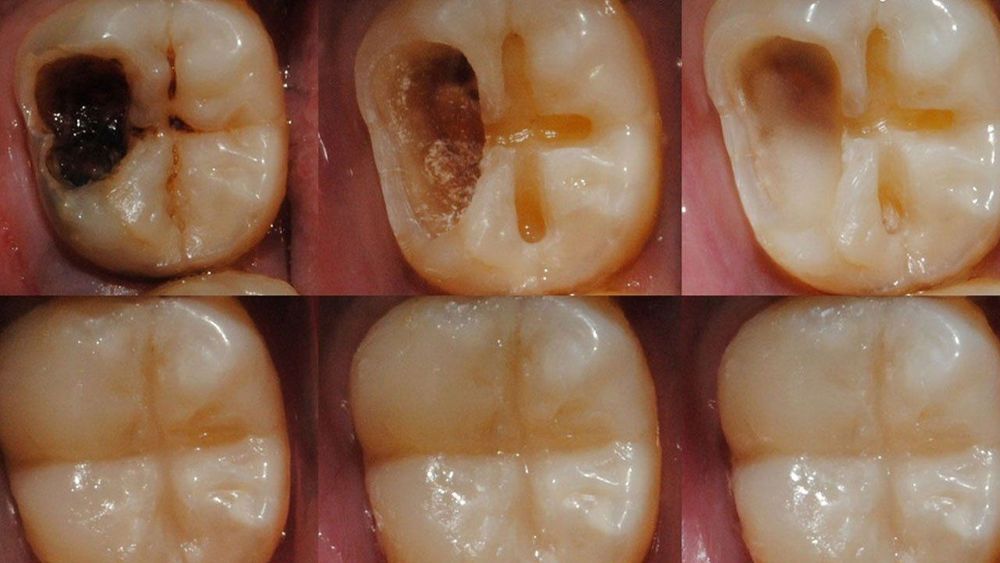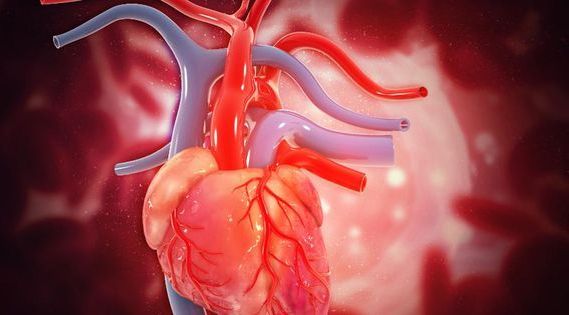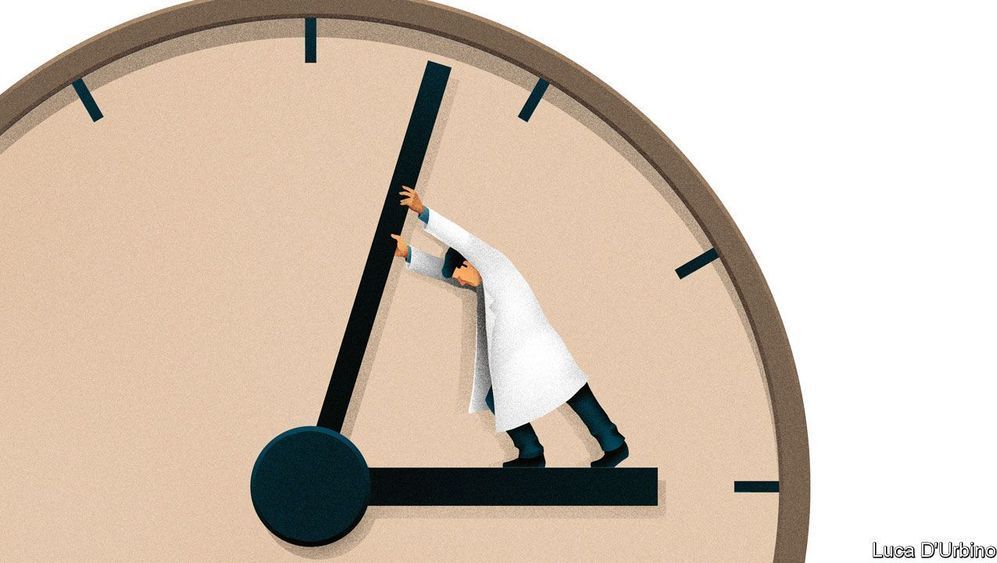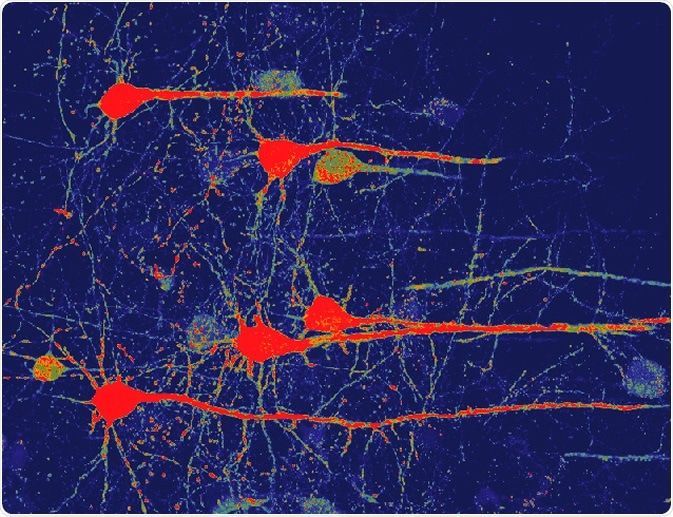Lifeb.
Once tooth enamel breaks or wears away it’s over – it doesn’t grow back. That’s why dentists have to plug in the gaps with artificial fillings. But now, a team of scientists from China’s Zhejiang University and Jiujiang Research Institute says it has finally figured out how to regrow tooth enamel, a development that could totally upend dental care. The team developed a gel that has been found to help mouse teeth regrow enamel within 48 hours. The research has been published in the journal Science Advances.
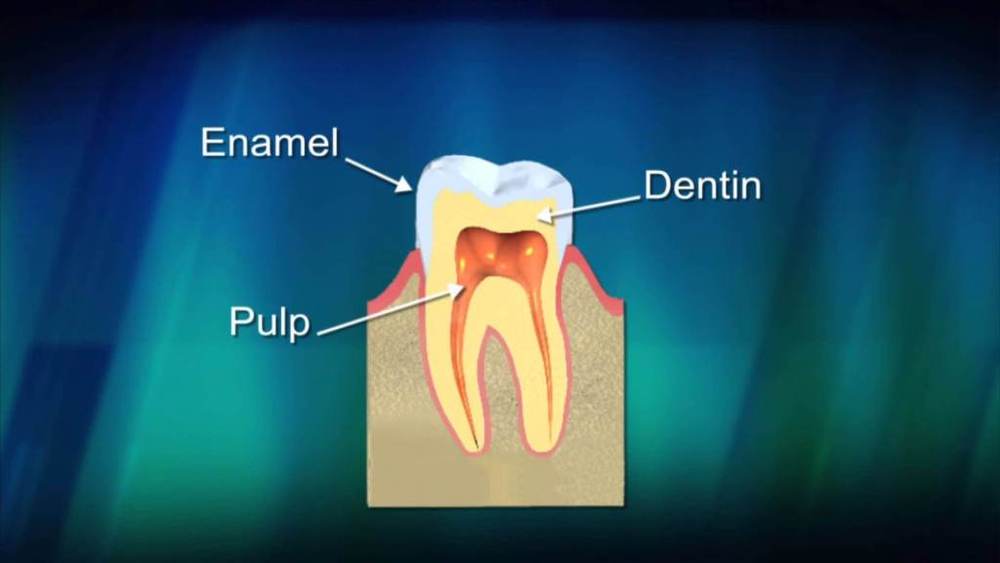
What exactly is enamel and why can’t it regrow? It is a mineralized substance with a highly complicated structure that covers the surface of teeth. The structure is made up of enamel rods interwoven with inter-rods in a fish scale pattern which makes it the hardest tissue in the human body. It is initially formed biologically but once mature it becomes acellular, meaning it becomes devoid of the ability to self-repair. This is why cavities (tooth decay) are one of the most prevalent chronic diseases in humans.
Enamel is so complex that its structure has yet to be duplicated correctly artificially. Resins, ceramics and amalgam fillings can mend the problem but they are not a forever fix. The fact that they are made of foreign materials means they can’t achieve a permanent repair. The new gel made by the Chinese scientists is different because it is made of the same material as enamel. It is made by mixing calcium and phosphate ions – both minerals which are found in enamel – with the chemical called triethylamine in an alcohol solution.
